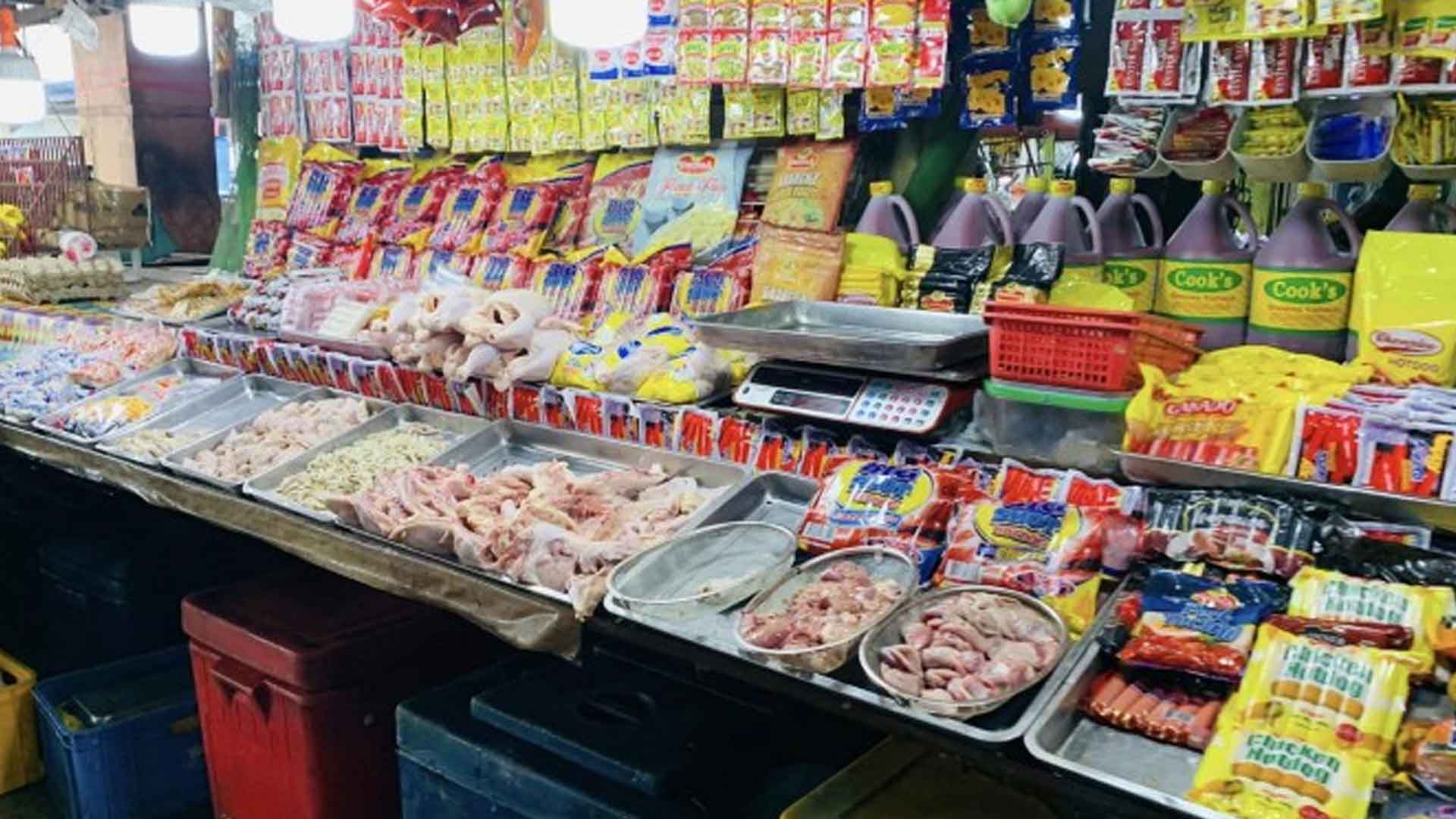Eastern Visayas recorded a 6.9 percent inflation rate (IR) in January 2023, lower than the 7.8 percent recorded in December 2022, the Philippine Statistics Authority (PSA) reported on Tuesday.
Eastern Visayas’ inflation rate is the lowest among the 17 regions in the country during the month.
The downtrend of the inflation rate in January 2023 was mainly due to the lower inflation on the year-on-year growth rate in food and non-alcoholic beverages at 7.2 percent, from 8.8 percent in December 2022.
Also contributed to the decrease was the lower inflation rate in housing, water, electricity, gas and other fuels at 8.4 percent, from 10.3 percent in December 2022.
Information and communication also registered a lower inflation rate in January 2023 at 1.1 percent from 1.2 percent in the previous month.
“The decelerated IR of food was primarily influenced by the lower IR of meat and other parts of slaughtered land animals with 9.3 percent in January 2023, from 17.5 percent in December 2022. The lower IR of rice which recorded at 0.5 percent in January 2023, also contributed to the deceleration of food index,” said PSA Eastern Visayas Regional Director Wilma Perante.
Eastern Samar and Samar are the only provinces that recorded higher inflation rates in January 2023.
Eastern Samar posted the highest at 10.2 percent in January 2023.
The provinces of Northern Samar and Samar came next at 8.4 percent and 8.3 percent, respectively. Biliran posted the lowest inflation rate at 2.8 percent.
Inflation rate for Tacloban City, the lone Highly Urbanized City in the region, was recorded at 3.7 percent in January 2023, lower than the 4.8 percent last month.
Inflation rate is the annual rate of change or the year-on-year changes in the consumer price index. It indicates how fast or how slow the price changes over two time periods (year-on-year).
Contrary to common knowledge, Perante said low inflation does not necessarily mean that prices of commodities are decreasing instead it means that prices continue to increase but at a slower rate.
The PSA came up with the data by establishing baseline information for the prices of the items in the base year (2018) and monitoring the prices of the items regularly.
Data collection for the consumer price index is done by the PSA provincial twice monthly, except for petroleum products which are monitored every Friday. (PNA)





















